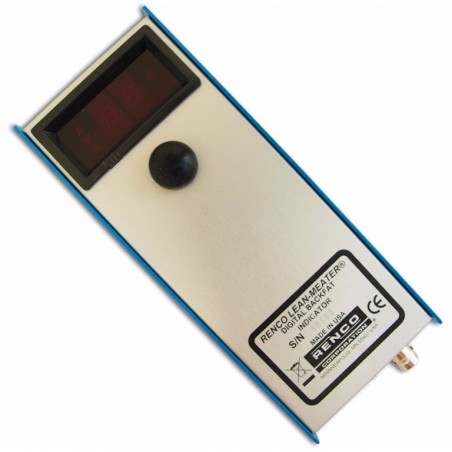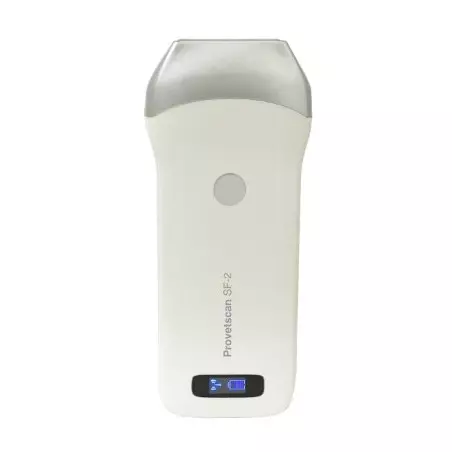Animal feed is a determining factor in meat quality, so that variations in the diet can lead to changes in the final product. Therefore, the aim of the present was to determine the meat quality characteristics of pork from pigs fed a combination of poultry fat, flaxseed oil and supplemented with vitamin E. For that purpose, a total of 96 Yorkshire pigs (50 kg BW approx.) were randomly assigned to 1 of 8 dietary treatments in a 4 × 2 factorial design. Corn-soybean meal finisher diets were formulated to contain 0, 2, 4 or 6% lipids and 11 or 220 IU Vitamin E/kg. Flaxseed oil was included at 1% and the remaining lipids supplied by poultry fat. Pigs were slaughtered at an average pen weight of 110 ± 3 kg and hot carcass weight (HCW) was recorded. At 24 h post mortem carcasses were evaluated for last rib fat thickness (LRFT), tenth rib fat thickness (TRFT), loin eye area (LEA), muscle score (MS), percent fat free lean (%FFL), color values (L*, a*, b*), ultimate pH of the ham (pHH) and loin (pHL), and National Pork Producers Council (NPPC) color (NPPCCol) and marbling score (NPPCMar). Pork chops (2.54 cm thick) were fabricated, individually vacuum packaged, and frozen (–20 ± 2°C) for firmness, cooking loss and sensory analyses.
As a result, lipid content, vitamin E concentration, and sex had no effect on nutrient composition, HCW, LEA, %FFL, a*, b*, NPPCCol, pHH, pHL, MS or any firmness, cooking loss and sensory values. Vitamin E values for LRFT, TRFT, and NPPCMar were greater for 220 IU vitamin E. Moreover, sex had an effect on L* and CL; being males greater in L* and CL than females. There were also a lipid × sex interaction for LRFT, %FFL, MS, and skin-side up (SSU) and a sex by vitamin E interaction for LRFT, skin-side down (SSD), and SSU.

It could be concluded that a feeding program utilizing poultry fat in combination with flaxseed oil, and Vitamin E at 0, 2, 4 or 6% lipid content and 11 or 220 IU Vitamin E/kg levels would not negatively affect the variables for carcass composition or meat quality assessed in this study. However, further analysis of fatty acid composition is needed.
Magee, W. E., Huang, C., Smith, J., Chiba, L. I., & Bratcher, C. L. (2019). Meat quality assessment of pork from pigs fed poultry fat, flaxseed oil, and supplemented with vitamin E. Meat and Muscle Biology, 1(3), 112-112. doi:10.221751/rmc2017.107





